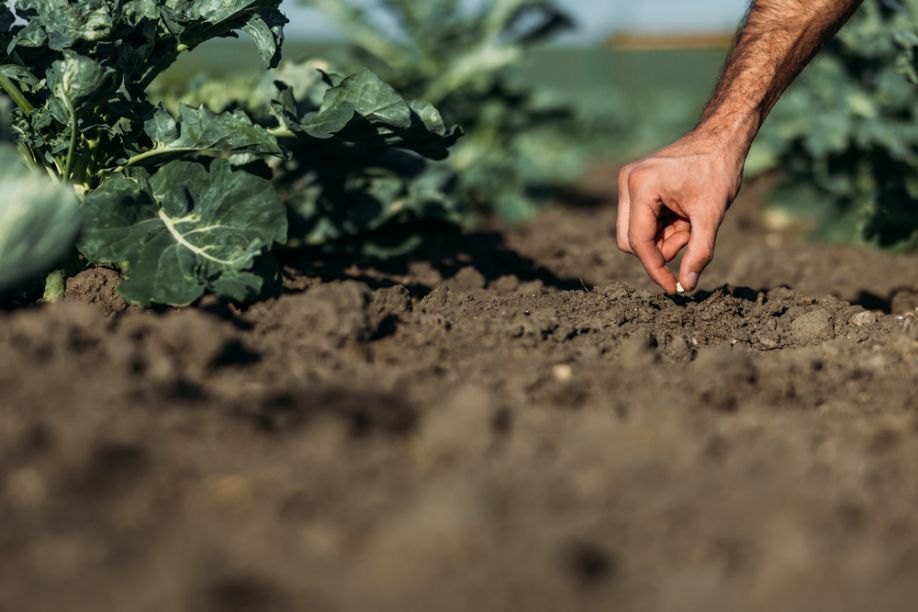Enhancing Resilience of Smallholder Farmers against Climate Change - Can Parametric Agricultural Insurance Make a Difference

Smallholder farmers, often the backbone of agricultural production in many developing countries, face a daunting challenge: climate change. Climate change is disrupting traditional weather patterns, leading to unpredictable rainfall, more frequent and severe droughts, floods, and extreme temperatures. These changes are taking a toll on crop yields and livelihoods. To enhance the resilience of smallholder farmers against climate change, innovative solutions are urgently needed. One such solution is parametric agricultural insurance, a financial tool that has the potential to make a significant difference in safeguarding the livelihoods of these vulnerable farmers.
Understanding the Challenge
Smallholder farmers are particularly vulnerable to the impacts of climate change. They often rely on rain-fed agriculture and lack the resources and infrastructure to adapt to changing climatic conditions. Erratic rainfall patterns can lead to crop failures, pushing them into poverty and food insecurity. According to the United Nations Food and Agriculture Organization (FAO), nearly 80% of the world's food is produced by smallholder farmers, making their resilience crucial for global food security.
The Role of Parametric Agricultural Insurance
Parametric agricultural insurance is an innovative financial tool that offers a unique approach to risk management for smallholder farmers. Unlike traditional insurance, which relies on assessing individual losses, parametric insurance pays out predetermined amounts based on specific triggers, such as weather conditions or indices related to crop performance. This approach offers several advantages in enhancing the resilience of smallholder farmers against climate change.
· Rapid Payouts: Parametric insurance policies are designed to provide quick payouts when predefined triggers are met. This is a game-changer for smallholder farmers who often cannot afford to wait for lengthy claims assessments. Rapid payouts enable farmers to access funds promptly to replant crops or invest in alternative income-generating activities.
·Reduced Administrative Costs: Traditional insurance involves costly and time-consuming claims assessments, which often deter insurers from serving smallholder farmers. Parametric insurance simplifies the process by automating payouts based on objective triggers, reducing administrative costs and making insurance more affordable for these farmers.
·Weather-Related Triggers: Since climate change is closely linked to weather patterns, parametric insurance can be specifically designed to protect against weather-related risks, such as drought, excessive rainfall, or extreme temperatures. This aligns insurance coverage with the primary challenges faced by smallholder farmers due to climate change.
·Tailored Solutions: Parametric insurance can be tailored to suit the needs and preferences of smallholder farmers and local agricultural conditions. This flexibility ensures that insurance products are relevant and accessible to the target beneficiaries.
· Encouraging Risk Management: By providing a financial safety net, parametric insurance encourages smallholder farmers to adopt risk-reducing agricultural practices, such as drought-resistant crop varieties, improved irrigation systems, and soil conservation techniques. This contributes to long-term resilience against climate change.
Challenges and Considerations
While parametric agricultural insurance holds great promise in enhancing the resilience of smallholder farmers against climate change, several challenges and considerations must be addressed:
1. Data and Infrastructure: Reliable weather data and infrastructure, including weather stations and satellite technology, are essential for the success of parametric insurance. In some regions, improving data availability remains a challenge.
2. Affordability: Ensuring that parametric insurance remains affordable for smallholder farmers is crucial. Subsidies, partnerships with governments or NGOs, and risk-sharing arrangements can help make premiums more accessible.
3. Basis Risk: Basis risk arises when the trigger used for payouts does not perfectly align with a farmer's actual losses. Addressing basis risk requires continuous refinement of insurance products and data accuracy.
4. Education and Awareness: Many smallholder farmers may not be familiar with insurance concepts or the benefits of parametric insurance. Education and awareness campaigns are essential to ensure widespread adoption.
Conclusion
Smallholder farmers are on the frontlines of climate change, facing increasing risks to their livelihoods. Parametric agricultural insurance offers a promising solution to enhance their resilience by providing rapid payouts based on objective triggers, reducing administrative costs, and aligning coverage with weather-related risks. To unlock the full potential of parametric agricultural insurance, stakeholders must address challenges related to data, affordability, basis risk, and farmer awareness. Governments, international organizations, insurers, and the private sector must collaborate to design tailored insurance products that meet the unique needs of smallholder farmers in different regions.
Enhancing the resilience of smallholder farmers is not only a moral imperative but also crucial for global food security. As climate change continues to pose threats to agricultural systems, parametric agricultural insurance can make a significant difference in ensuring that smallholder farmers can withstand these challenges and continue to feed their communities and the world.
Comments (0)
This post does not have any comments. Be the first to leave a comment below.
Featured Product

